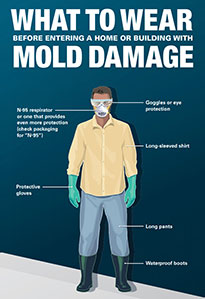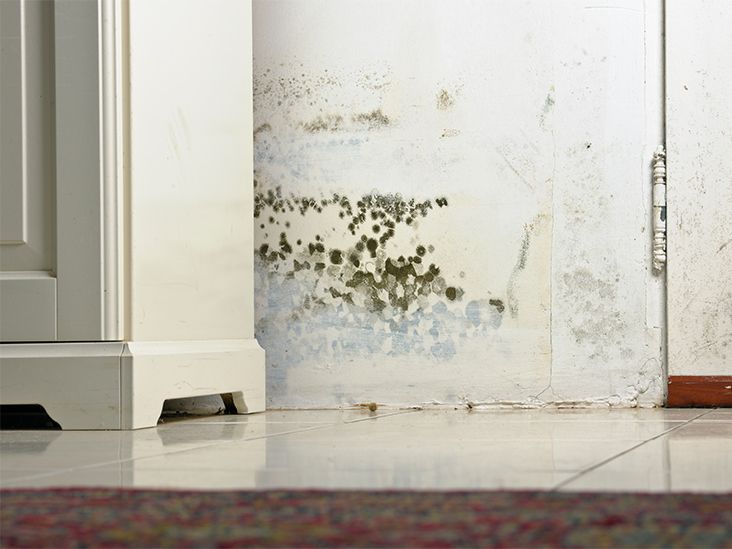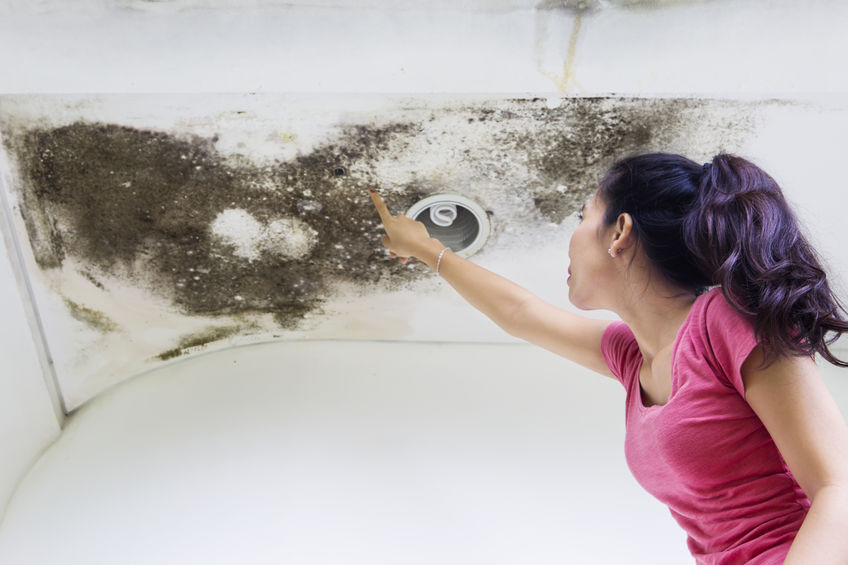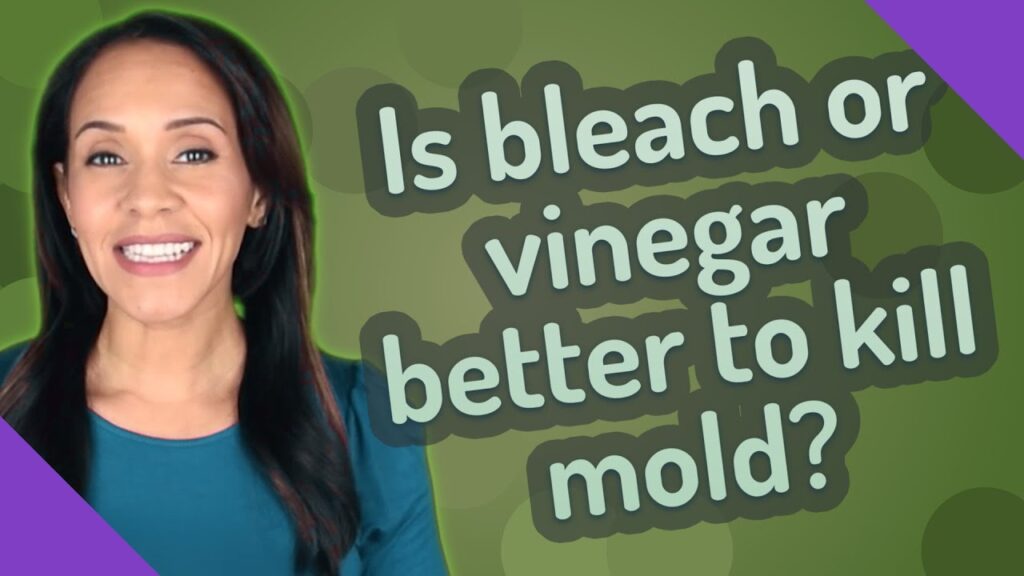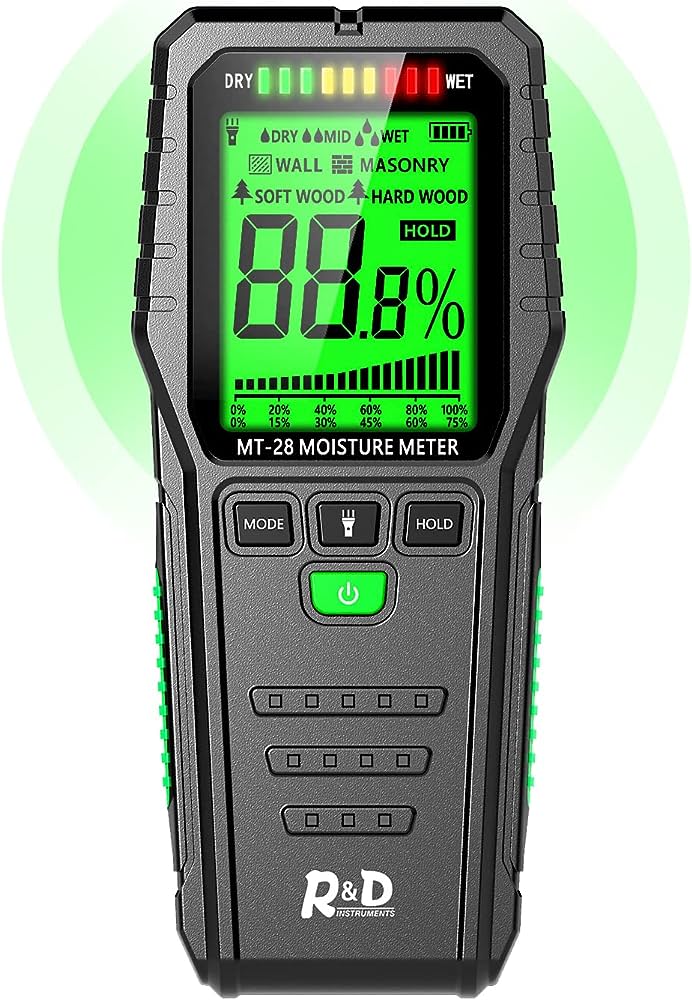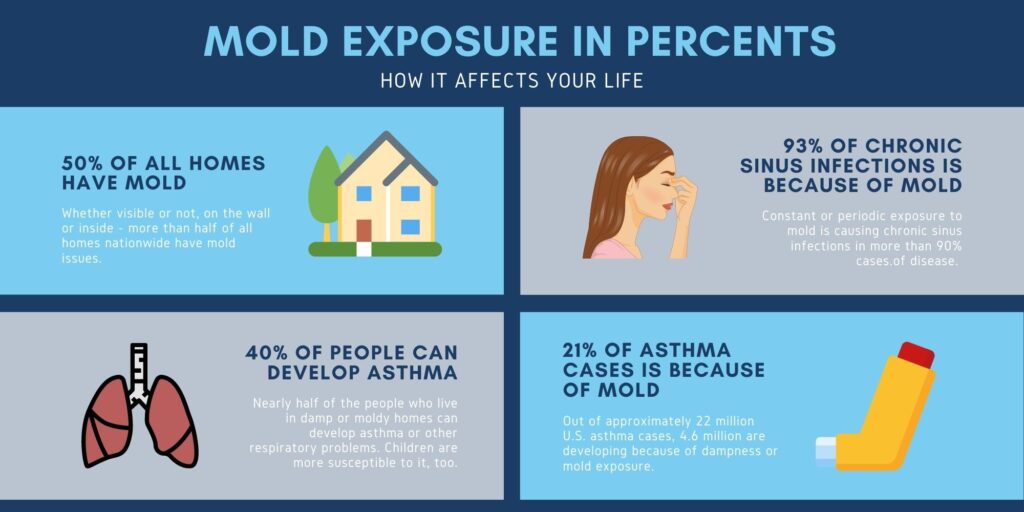Imagine this scenario: you notice a patch of mold growing in your home and you decide to take matters into your own hands. Armed with cleaning supplies, you start scrubbing away at the mold without a mask. But have you ever wondered what could happen if you clean mold without protecting yourself? In this article, we will explore the potential risks and consequences of cleaning mold without a mask, highlighting the importance of taking proper precautions to safeguard your health.
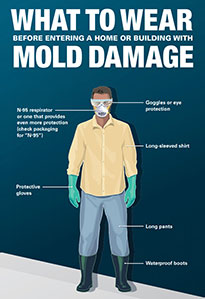

Potential Health Risks
Cleaning mold can be a necessary task, but it’s important to understand the potential health risks involved. Mold can release tiny spores into the air that can lead to various health issues when inhaled or come into contact with the body. It’s crucial to be aware of these risks in order to protect yourself and your health.
Respiratory Issues
One of the most common health risks associated with mold exposure is respiratory issues. Inhaling mold spores can irritate the airways and trigger respiratory symptoms such as coughing, wheezing, and shortness of breath. For individuals with pre-existing respiratory conditions like asthma or allergies, exposure to mold can exacerbate their symptoms and make breathing difficulties even worse.
Allergic Reactions
For some people, exposure to mold can lead to allergic reactions. The immune system may identify mold spores as harmful invaders and respond by releasing histamines, leading to symptoms such as sneezing, itching, watery eyes, and a runny nose. Allergic reactions to mold can be uncomfortable and disruptive to daily life.
Irritation to Eyes, Nose, and Throat
Another potential health risk of cleaning mold without proper protection is irritation to the eyes, nose, and throat. Mold spores can cause these sensitive areas to become irritated, resulting in symptoms like redness, itching, watery eyes, a stuffy or runny nose, and a sore or scratchy throat. These symptoms can be particularly bothersome and may persist until the exposure to mold is reduced.
Headaches and Dizziness
In some cases, cleaning mold without wearing protective gear can lead to headaches and dizziness. Mold releases volatile organic compounds (VOCs), which are gases that can have a strong and unpleasant odor. Breathing in these VOCs can cause headaches, dizziness, and even nausea. These symptoms can be debilitating and may require medical attention if they persist or worsen.
Exposure to Mycotoxins
Aside from the direct health risks associated with mold spores, there is also a concern regarding exposure to mycotoxins. Mycotoxins are toxic substances produced by certain types of mold, and they can have detrimental effects on human health. Exposure to mycotoxins can occur through inhalation, skin contact, or ingestion.
Inhaling Toxins
When mold releases mycotoxins into the air, they can become airborne and easily inhaled. Inhaling mycotoxins can have a range of negative health effects, including respiratory problems, neurological issues, and impaired immune function. It’s crucial to avoid breathing in these toxic substances to safeguard your health.
Skin Contact
Direct contact with mold can also expose you to mycotoxins. Touching mold can transfer mycotoxins onto your skin, which can then be absorbed into your body. This can lead to skin irritation or allergic reactions. To protect yourself, it’s important to wear gloves and other protective gear when handling mold-infested materials.
Ingesting Toxins
Accidental ingestion of mycotoxins can occur if you touch your mouth or face after handling mold. This can lead to gastrointestinal issues such as nausea, vomiting, and abdominal pain. It’s essential to practice good hygiene, such as washing your hands thoroughly after coming into contact with mold, to prevent unintentional ingestion of mycotoxins.
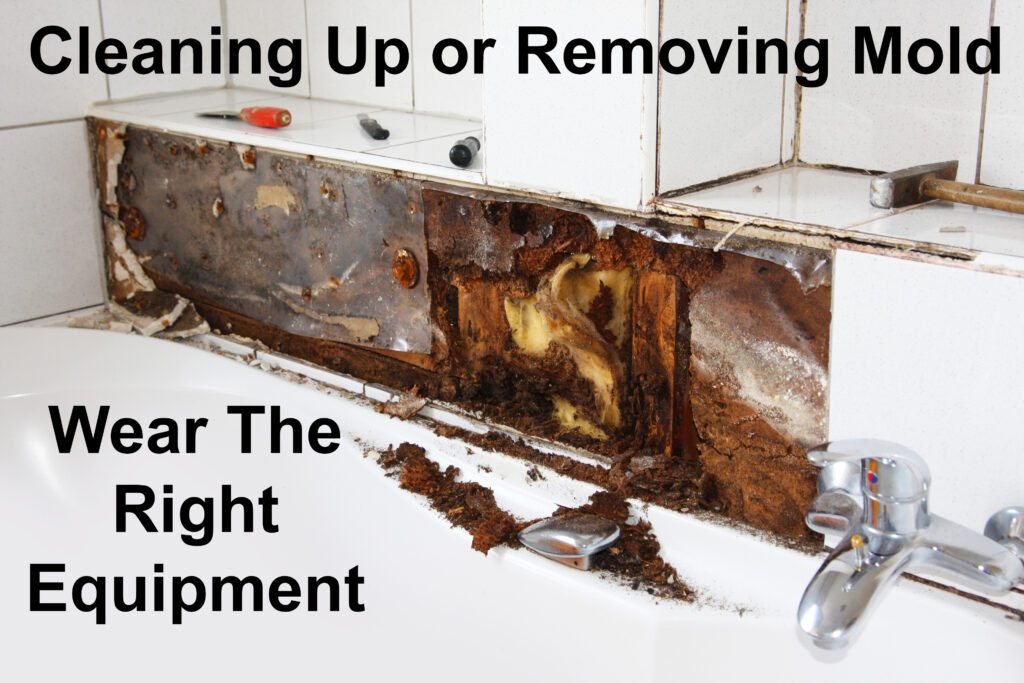

Long-Term Health Effects
Exposure to mold can have long-term health effects, particularly if the exposure is prolonged or frequent. These effects can be both physical and neurological, highlighting the importance of taking mold exposure seriously and addressing it promptly and effectively.
Chronic Respiratory Problems
Repeated exposure to mold can contribute to the development of chronic respiratory problems. This can include conditions such as bronchitis, recurrent pneumonia, and even the development or worsening of asthma. Prolonged exposure to mold spores can lead to persistent inflammation in the airways, making it harder for the lungs to function properly.
Weakened Immune System
Exposure to mold can weaken the immune system, leaving individuals more susceptible to infections and illnesses. Mold spores can trigger an immune response, but long-term exposure can overwork the immune system and lead to its exhaustion or impairment. This can make it harder for the body to fight off infections and may result in more frequent illnesses.
Neurological Issues
Some research suggests that exposure to mold may have neurological implications. Mold’s toxic components, such as mycotoxins, can potentially affect the central nervous system, leading to neurological symptoms such as memory problems, difficulty concentrating, mood changes, and even neurological disorders in severe cases. More studies are needed to fully understand the relationship between mold exposure and neurological health.
Organ Damage and Cancer
In rare instances, prolonged exposure to certain types of mold, particularly those producing mycotoxins, can cause organ damage and increase the risk of certain types of cancer. These health effects are usually associated with severe and prolonged exposure to toxic molds, and the risk varies depending on individual susceptibility, the type of mold, and the duration of exposure. However, it reinforces the importance of addressing and preventing mold growth to protect overall health.
Tips for Safe Mold Cleaning
If you have identified mold in your home or any other space, it’s important to take the necessary precautions to clean it safely. Here are some tips to help you clean mold without putting your health at risk.
Wear Protective Gear
When cleaning mold, it’s crucial to wear proper protective gear to minimize your exposure to mold spores and mycotoxins. This includes wearing a N95 respirator mask, gloves, and goggles or safety glasses. These protective measures will help prevent inhalation of mold spores and minimize the risk of skin or eye contact.
Use Proper Cleaning Techniques
Using proper cleaning techniques is key to effectively removing mold while minimizing its spread. Scrub the affected area with a solution of detergent and water, and ensure you thoroughly clean all surfaces. Avoid dry brushing or any method that can disperse mold spores into the air, as this can lead to increased exposure.
Ensure Proper Ventilation
Proper ventilation is crucial during the mold cleaning process. Open windows and use fans to create a flow of fresh air, which helps prevent mold spores from accumulating in the air. This is particularly important if you’re using cleaning products that emit strong fumes.
Properly Dispose of Moldy Materials
After cleaning mold-infested areas, it’s important to properly dispose of any materials that cannot be salvaged. Seal them in plastic bags before throwing them away to prevent mold spores from spreading or contaminating other parts of your home.
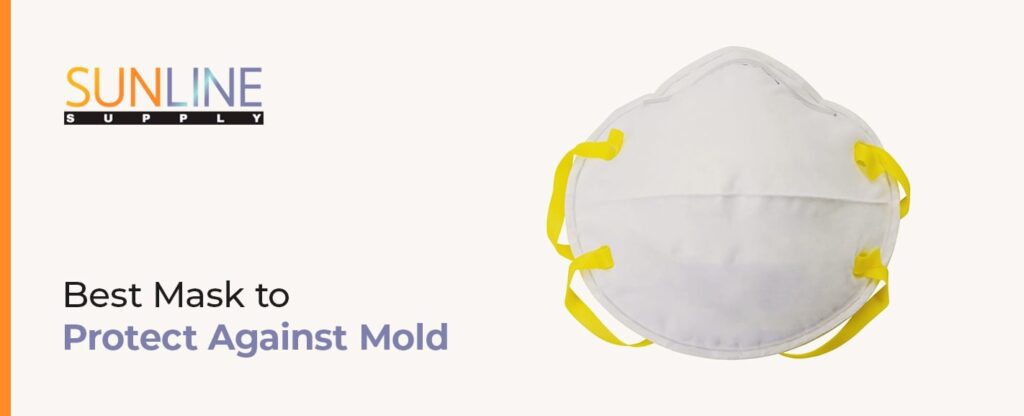

When to Seek Professional Help
While smaller instances of mold growth can often be addressed by homeowners, there are situations where professional help is necessary. Here are some instances when it’s best to leave mold cleaning to the experts.
Extensive Mold Growth
If you discover a large area of mold growth, particularly if it covers more than 10 square feet, it’s best to seek professional help. Large infestations can be indicative of underlying moisture issues or structural damage, which require a comprehensive assessment and remediation plan.
Health Symptoms Persist
If you or your family members experience persistent health symptoms related to mold exposure, it’s essential to seek professional help. Continued symptoms despite cleaning efforts may indicate hidden mold growth or other factors contributing to the ongoing exposure. Professionals can conduct thorough inspections and provide appropriate solutions.
Suspected Toxic Mold
If you suspect the presence of toxic mold, it’s crucial to consult with professionals. Toxic mold, such as black mold (Stachybotrys chartarum), can pose serious health risks and requires specialized handling. Professionals can accurately identify the type of mold and determine the necessary steps for remediation.
Lack of Experience or Knowledge
If you’re unsure about taking on the task of mold cleaning yourself, it’s always best to consult with professionals. Lack of experience or knowledge can result in ineffective cleaning or unintentional exposure, putting your health at risk. Professionals have the expertise and tools to handle mold safely and effectively.
Preventive Measures
Taking preventive measures is essential to minimize the risk of mold growth and protect your health. By addressing moisture issues and implementing preventative strategies, you can significantly reduce the chances of mold development in your home.
Control Moisture and Humidity
Mold requires moisture to grow, so controlling moisture levels in your home is crucial. Address any water leaks promptly, repair damaged roofs or plumbing, and ensure proper drainage around your property. Additionally, maintain a relative humidity level below 50% to discourage mold growth.
Proper Ventilation
Proper ventilation is key to reducing moisture and preventing mold growth. Ensure your home has adequate ventilation in areas prone to excess humidity, such as bathrooms, kitchens, and basements. Consider using exhaust fans or installing a dehumidifier if necessary.
Regular Inspections
Regular inspections of your home can help identify and address mold issues before they become extensive. Pay attention to areas prone to moisture, such as basements, attics, and crawl spaces. Look out for any signs of mold growth, such as musty odors, discoloration, or water stains.
Promptly Fix Water Leaks
Water leaks should be addressed promptly to prevent moisture buildup and mold growth. If you notice any signs of a leak, such as water stains or dampness, identify the source and repair it as soon as possible. This will help prevent further damage and reduce the risk of mold development.
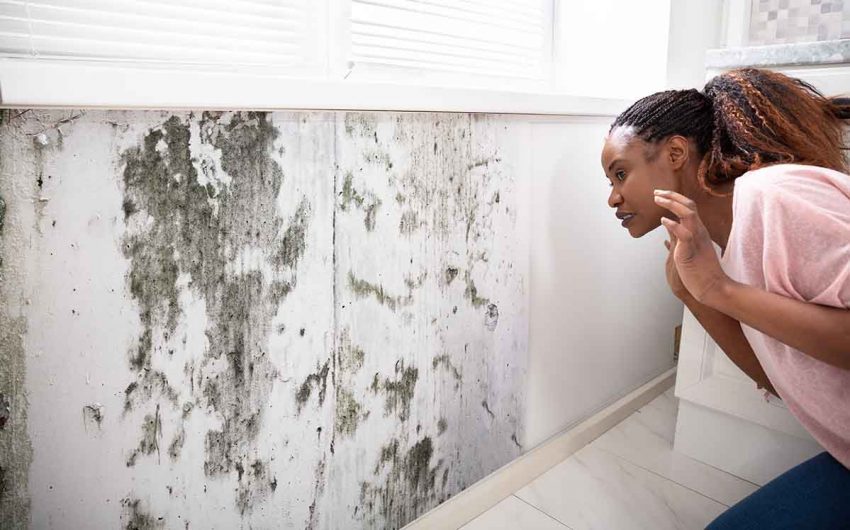

Conclusion
Cleaning mold without proper protection or knowledge can pose significant health risks. Respiratory issues, allergic reactions, irritation, headaches, and even long-term health effects can result from exposure to mold spores and mycotoxins. Taking preventive measures, such as controlling moisture levels, ensuring proper ventilation, and promptly addressing water leaks, can help prevent mold growth. When dealing with significant mold growth, health symptoms that persist, suspected toxic mold, or lack of experience, it’s important to seek professional help. By being informed and taking the necessary precautions, you can safely and effectively address mold issues while protecting your health and the well-being of your living environment.

